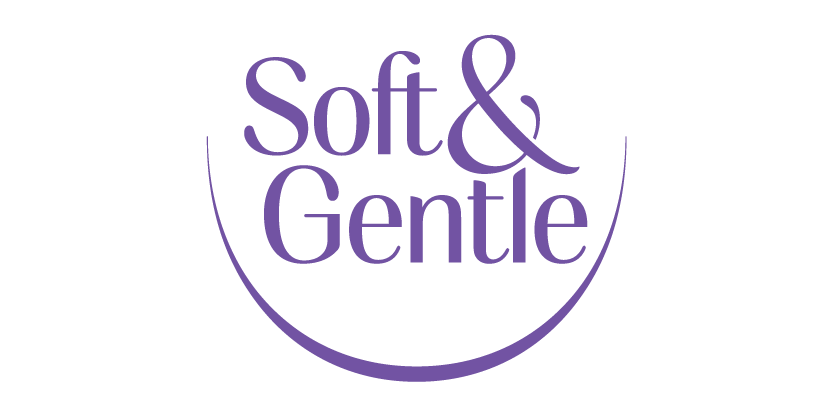Click play for an audio readthrough of this article
Pregnancy and childbirth – they’re not injuries or illnesses, but the healing process is comparable, and you simply cannot afford to rush your return.
In this miniseries we’re looking at the relationships between her key lifestages and how they relate to injury risk and prevention.
And the best place to go when talking about mitigating injury risks for new mums is to focus on the timeline to return to exercise. Because coming back before you’re ready is itself a massive injury risk. Premature return risks injury to body; to mind; to your entire relationship with exercise …
After all, times have changed, and rules for the old you may no longer apply. So spoiler alert, this is a marathon – not a sprint.
Mixed messages
Often, a cacophony of bad insights drown out the precious few golden whispers of best-practice we do have regarding the best timeline – and the best approach – to work to when planning your return to sport. Many women see a ‘pass’ at their six-week GP check-up as a green light to go back to full-speed when that’s rarely (if ever) the case.
A full bodily recovery from pregnancy and childbirth can take a whole calendar year. There’s also psychological recovery; and its timeline can be longer still.
But the lack of info, or at least reachable and authoritative info, on returning to exercise after giving birth is responsible for a lot of mixed messages floating in the vacuum. In fact, many active women are now conditioned to think of getting back to exercise as a race.
Social media is bulging with stories of new mums getting back to action in a handful of weeks and, in many cases, women wear their swift return like a badge of honour. This isn’t to say that a rapid return is impossible, but it’s not the norm.
Indeed, there are often external pressures at work too. Teams want players back. Coaches nudge, hassle and push for return dates. Clubs want to see commitment (and maybe a return-on-investment) from their athletes … and many women themselves want to get back to action ASAP.
But short-term thinking rarely serves a new mum’s needs. A recent sports research study revealed that a key regret among new-mum-athletes is that they came back to sport too soon, and many say they did so due to outside pressure.
The only timetable that matters in returning to sport is your own. Your health and body have to stay in front of everything for the sake of you and your new gig at home. Patience and self-care are your new primary objectives.
The blueprint
Mixed messages on this subject prompted a group of physiotherapists to, in 2019, conduct research and build a brilliant and highly credible framework of their own to advise how and when new mums should return to running.
As the authors write in Returning to running postnatal …
“The evidence base for returning … to exercise in general is limited.
“There are currently no national / international guidelines that standardise practice and provide a framework to support health professionals working with women who wish to return to running after having a baby.”
Yes, this is about running but it applies (and then some) to netball. This paper is about running in a straight line, yet it advises a cautious, softly, gently approach. Netball is not running in a straight line, it’s far more jerky, stop-starty, intense and hazardous.
So if the approach is softly softly for running … it’s even more so if your chosen sport is netball.
Anyway, the paper, which you can find here, is the best timetable to recovery / return we’ve seen. Not only is it accessible, it also includes practical action plans.
Oh and the first headline is that women (in general) shouldn’t return to impact work any sooner than three months post-childbirth and even then, it’s not a case of 0-100 in a fortnight.
It’s a couch-to-5k type of approach. It’s starting small and building up gradually. In our language, a full-on netball game comes at the very end, not the beginning, of a long road back.
Three months?
Let’s back up. We always have to come back to the fact that each new mum is unique. All new mums – all people – are a unique mix of circumstances, bodies, ambitions, needs, health and mental health so there is no real one-size-fits-all roadmap to returning to action.
We’re all different so the approach needs to be personalised to those different circumstances.
The one thing we have in common is a desire to safeguard the body. Following the traumatic events of pregnancy and childbirth, we are at risk of compromising the body if we don’t give it the time and space and nourishment it needs to rebuild, recondition and recover.
So there’s no one-size-fits all to the rules laid out in Returning to running postnatal, instead it works as a very solid and scalable framework to shape the journey back to exercise, avoiding unnecessary injuries and setbacks as much as possible.
Weeks 0 – 12
The good news is that most women can start this programme as soon as they feel ready after giving birth.
This first 12-week block of exercises are gentle. They focus mostly on healing and regaining day-to-day function in key muscle groups, with pelvic health front and centre. Because that’s what these initial weeks are about: repairing, rebuilding, resettling. It’s about gradually getting used to activity again.
It’s a slow-and-steady approach because, without rebuilding the fundamentals, intensive work can easily result in injury, pain and setbacks.
The addition of low-impact cardio exercise is gradual and it helps in a number of key ways. For starters it means building up a level of fitness and reintroduces some of those mental-health-boosting endorphins, but it also means testing your body in a controlled way to expose pains and problems.
Ideally, you’ll have on-hand a coach qualified to work with postnatal women (there aren’t many but they do exist) and / or a Women’s Health Physio (WHP) to support your return.
Weeks 12+
The professionals can help you to determine if you’re ready to move up a gear, and add more intensity / load into your training, but if you’re flying solo this is a good rule of thumb:
– If it feels OK then continue
– If it doesn’t feel OK then stop and seek advice
From Week 12+ you can consider crossing the threshold back into impact exercise, but you do need to be very realistic in how demanding your training / sport will be and what exactly it is you need your body to be and do.
In other words, play the tape forward.
In netball there’s contact and there’s impact. There’s jumping, landing, stretching, turning and jerking. There are bumps. The body needs to be prepared for all the above and have a baseline level of cardiovascular health.
Basically, don’t underestimate your sport and don’t overestimate your body. We always recommend new mums take it slow and adjust the plan and timetable with caution in mind.
Strength and load testing
We recommend setting small goals and regularly assessing your strength via these exercises. The movements below test various body parts, muscle groups and systems.
These exercises should reveal leaking / dragging / pain. They’ll reveal any areas of weakness and therefore body zones you need to focus on before considering heavier work.
Perform the following tests with good form, aiming for at least:
- Single leg calf raise – 20 on each side
- Single leg bridge – 20 each side
- Single leg sit to stand – 20 on each side
- Single leg balance – 10 seconds on each side
- Walk for 30 minutes
- Jog on spot for 1 minute
- Forward bounds x 10 reps
- Hop in place x 10 on each side
If you can do all of these exercises brilliantly at the end of the first 12 weeks then you’re ready to think about starting impact work. Starting impact work, mind. Starting it.
Red flags to address before progressing
A woman should not return to impact exercise between three and six months if she shows signs of any of the following:
- Any form of incontinence
- Pressure or bulging in the vagina
- Non-menstrual cycle bleeding when running
- Pelvic pain or other musculoskeletal pain
As a reminder, the content of the course belongs to The Well HQ. You have permission to access and use the content yourself or, if you are an organisation, for the number of users selected, but are not otherwise permitted to share such content with others, all in accordance with our Course Terms and Conditions.

























